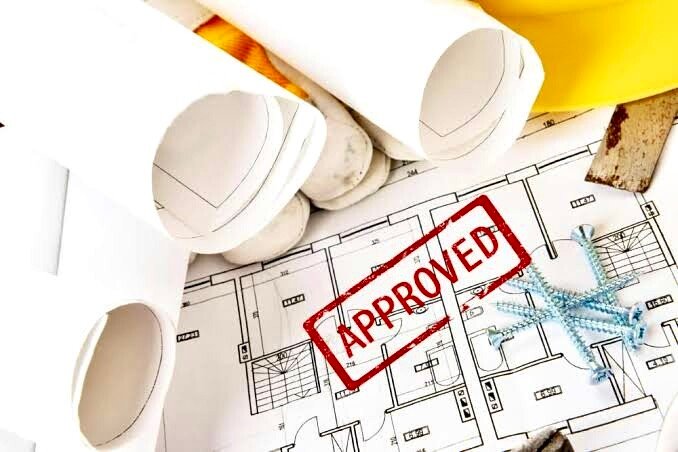Understanding Environmental Clearance in Local Body Approvals
Introduction
When planning a construction project, whether residential, commercial, or industrial, obtaining Local Body Approval is a crucial step. Among various regulatory requirements, environmental clearance plays a vital role in ensuring sustainable development while minimizing ecological impact. Understanding how environmental clearance fits within local body approvals can help streamline the approval process and ensure compliance with environmental laws.
What is Local Body Approval?
Local Body Approval refers to the authorization granted by municipal corporations, panchayats, or other urban development authorities for construction projects. This approval ensures that the project adheres to zoning laws, land-use regulations, safety norms, and environmental guidelines. Without it, projects may face legal hurdles, fines, or even demolition orders.
Importance of Environmental Clearance in Local Body Approvals
Environmental clearance is a government-mandated process that evaluates the potential environmental impact of a proposed project. It aims to prevent environmental degradation by ensuring that projects adhere to sustainable practices. In the context of Local Body Approval, environmental clearance ensures that:
The construction does not harm local ecosystems.
Air, water, and soil pollution are minimized.
The project aligns with national and regional sustainability goals.
Adequate measures are in place for waste management and energy conservation.
Projects That Require Environmental Clearance
Not all projects need environmental clearance, but the following categories typically require it:
Large-scale Residential and Commercial Projects: High-rise buildings, townships, and shopping malls exceeding specific area thresholds.
Industrial Units: Factories, chemical plants, and mining operations that impact air, water, and soil quality.
Infrastructure Developments: Highways, ports, airports, and metro rail projects.
Tourism and Hospitality Ventures: Resorts and hotels located in eco-sensitive zones.
Waste Management Facilities: Landfills, sewage treatment plants, and incineration units.
The Environmental Clearance Process
The environmental clearance process is a structured approach that ensures a project complies with environmental norms. The key steps involved include:
1. Screening
Projects are categorized based on their environmental impact. Low-impact projects may not require clearance, whereas high-impact projects must undergo detailed assessments.
2. Scoping
Authorities outline the necessary environmental impact assessment (EIA) studies and define the terms of reference for the project.
3. Environmental Impact Assessment (EIA)
An EIA study evaluates the potential effects of the project on air, water, soil, biodiversity, and the socio-economic environment. The report includes mitigation measures to reduce adverse impacts.
4. Public Consultation
Local communities and stakeholders are invited to express concerns regarding the project’s environmental implications. Their feedback is considered before granting clearance.
5. Appraisal
The project is reviewed by an expert committee, which evaluates the EIA report and public feedback. If satisfactory, the project receives environmental clearance.
6. Approval and Monitoring
Once clearance is granted, the project must adhere to stipulated conditions. Regular monitoring ensures compliance, and any violations can lead to revocation of clearance.
Challenges in Obtaining Environmental Clearance
Despite its importance, obtaining environmental clearance can be challenging due to:
Lengthy Approval Process: The clearance process involves multiple stages, often leading to delays.
Regulatory Complexity: Navigating environmental laws and compliance requirements can be difficult.
Public Opposition: Local communities may resist projects that pose environmental risks.
High Costs: Conducting EIA studies and implementing mitigation measures can be expensive.
Tips to Streamline the Environmental Clearance Process
To ensure a smoother approval process, developers can:
Plan Early: Factor in environmental clearance requirements during the project’s planning phase.
Engage Environmental Experts: Work with consultants to conduct accurate EIA studies and draft effective mitigation plans.
Ensure Transparency: Keep local communities informed to reduce opposition.
Adopt Green Practices: Implement eco-friendly construction techniques to enhance compliance.
Conclusion
Environmental clearance is a critical component of Local Body Approval, ensuring that development projects are sustainable and environmentally responsible. While the process can be complex, understanding the requirements and preparing in advance can help developers secure approvals efficiently. By integrating environmental considerations into project planning, developers can contribute to sustainable urban growth while complying with regulatory norms.

